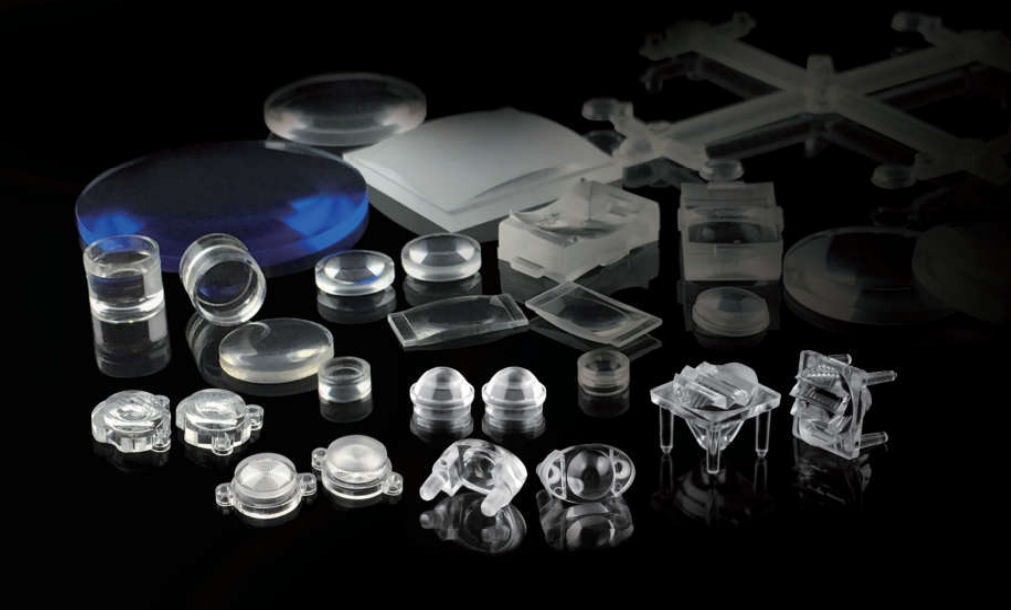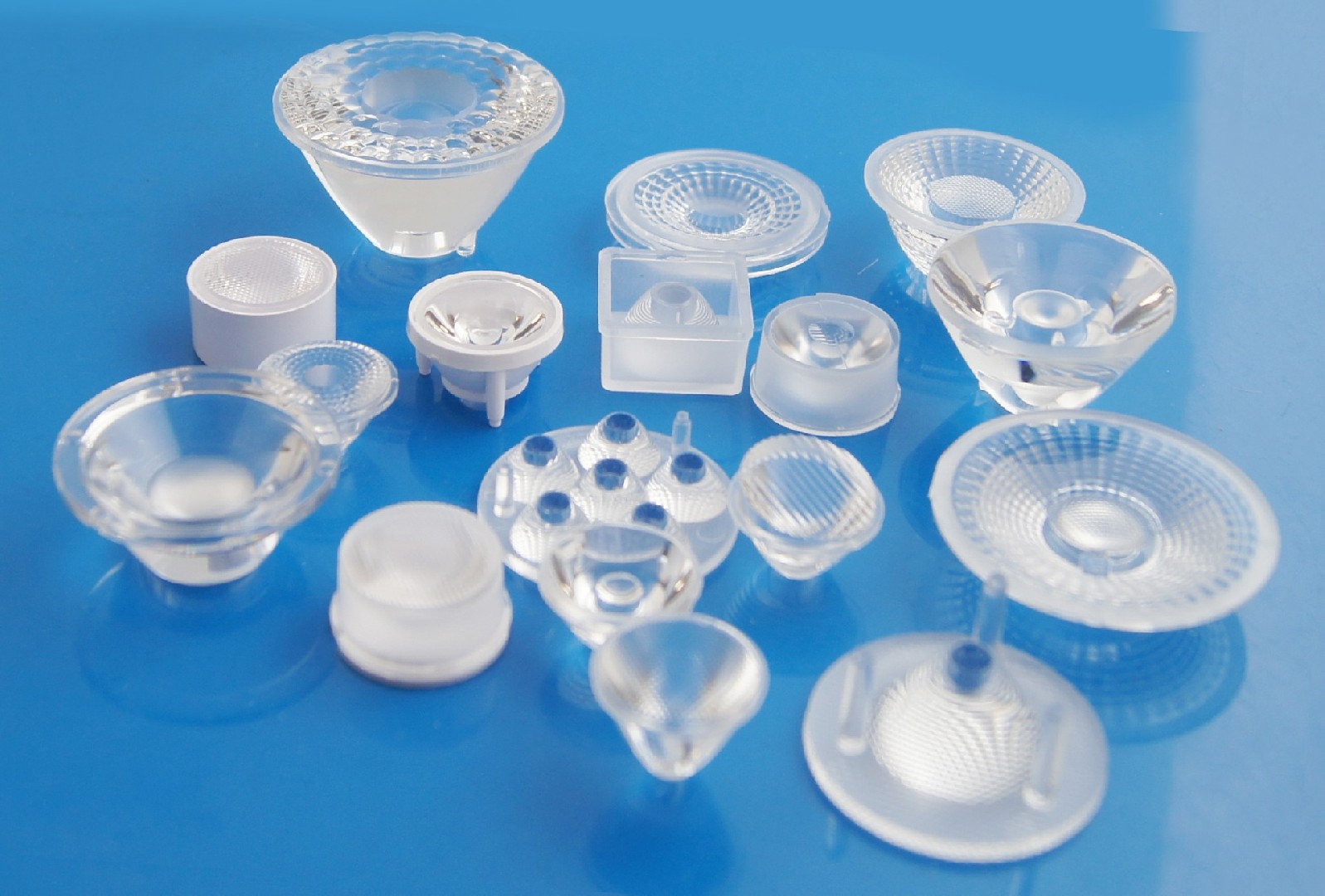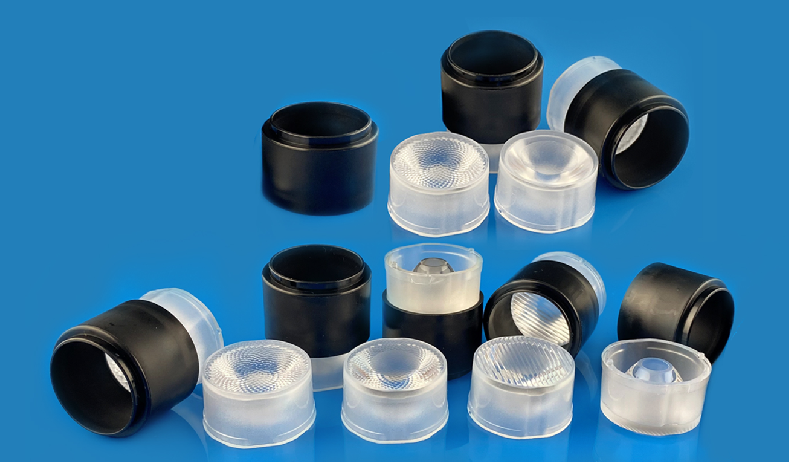
The year 2015 marks exactly one thousand years since the birth of Arab scholar Ibn al-Haytham's five-volume work on optics. Over the past 1,000 years, light technology has brought great progress to human civilisation. For this reason, the United Nations has declared 2015 as the International Year of Light and Light-based Technologies (IYLT) to commemorate the major discoveries made by mankind in the field of light over the past thousand years.
2014 Nobel Prize in Physics
Blue LEDs: the start of a "new light"
The 2014 Nobel Prize in Physics was awarded to Isamu Akasaki, Hiroshi Amano and Shuji Nakamura for their invention of blue LEDs.
The Nobel Prize in Physics is labelled as "cold", but blue LEDs seem to have little to do with this mysterious cold temperament. The truth is only one - blue LED to promote the whole LED lighting industry towards practical.
LED lighting needs red, green and blue primary colours converge into white light. Red LED and green LED early in the 1960s and 1970s were born one after another, blue LED research and development is stuck in the shell. Crack this shell is akasaki isamu and amano hao master and disciple, they first break through the bottleneck invented blue LED. then, nakamura shuji developed the production of high-efficiency blue LED technology, the collection of the three primary colours is complete, the real opening of the "new light" era.
What does LED lighting really mean? We can calculate a data account, the world's total annual consumption of about 20,000 billion kilowatt-hours of electricity, of which 19% for lighting. If all lighting fixtures are replaced with LED energy-saving lamps, then at least 15,200,000,000,000 kilowatt-hours of electricity saved globally each year. These savings are equivalent to the annual reduction of at least 500 million tonnes of coal, reducing carbon dioxide emissions of 1.3 billion tonnes, reducing sulphur dioxide emissions of 4.2 million tonnes.
Blue LED with 20 years to achieve a magnificent turn of the LED lighting, and now it is a wide range of uses, chatting with mobile phones, working with computers, with the TV for fun, there are blue light to show their hand. Incandescent lamps lit up the 20th century, the 21st century will be lit up by LED lights.
Nobel Prize in Physics 2009
Fibre optics: a new era of communication
For centuries, scientists have been working on ways to transmit information faster, farther and better. From the telegraph to wired telephones to the widespread use of cables, technological advances have allowed us to know the world without leaving our homes.
In the 1960s, Chinese scientist Gao Kun put forward the idea of using light instead of electric current and glass fibre instead of wire, and published an epoch-making thesis in 1966, "Dielectric Fibre Surface Waveguide for Light Wave Transmission", which theoretically analysed the feasibility of this "heavenly dream". 1970, Corning Incorporated of the U.S.A. developed a cable with a loss of 20dB/km, which is the highest in the world. In 1970, the United States Corning developed a loss of 20dB/km optical fiber, so that light in the optical fiber for long-distance transmission has become possible, optical fiber communications since the beginning of a new era, "the father of optical fibers," Gao Kun also stood on the 2009 Nobel Prize in Physics.
"Optical fibre" full name "optical fibre", by the quartz, glass and other transparent optical materials pulled from, is used to transmit light cylindrical optical waveguide. Its typical structure consists of core and cladding, when the light from one end, and its angle with the axis is less than a certain value, due to the core of the refractive index is high, the cladding of the refractive index is relatively low, it will be in the core and cladding at the interface of total reflection, so that the light can be zigzagged in the core and do not wear out the cladding. At this point, if we add the information to the light, it will be transmitted with the light to the other end, to achieve the transfer of information.
We can compare two sets of data: first, at this stage, optical fibre communication can achieve the simultaneous transmission of 240,000 signals, its capacity than microwave communication increased by a thousand times; second, under the premise of ensuring the quality of communication, the ordinary cable or microwave communication relay distance of 1.5 to 60 kilometres, while at this stage, optical fibre can achieve 2000 to 5000 kilometres of relay-free transmission.
1971 Nobel Prize in Physics
Holography: Both Real and Illusory
The 3D sandboxes in the film Avatar gave an unobstructed view of the topography of the planet Pandora, and it was so cool! But this kind of technology is actually not far away from us, Professor Dennis Gable invented holography in 1947 has brought this kind of magic into reality, he also won the Nobel Prize in Physics in 1971.
Compared with traditional photography, holography creatively records the spatial position of points on an object, breaking through the two-dimensional limitations in one fell swoop, so that people will be able to see a realistic three-dimensional image of the object through the hologram.
The production of holograms, the need for two laser beams, a laser beam irradiation on the object, reflected by the object surface, and the other laser beam for the reference light. Similar to the contact of water waves, they are superimposed when they meet in space, forming streaks of light and darkness, and the positional information of points on the object is encoded in these streaks.
A holographic substrate is placed at the point where the two beams of light meet to capture these streaks. The captured holographic substrate is then subjected to a series of processes, and we have completed the recording of the hologram.
By illuminating the hologram with the reference light generated by the laser, the object light can be created again, as if the three-dimensional image of the object really popped out of the hologram.
Imagine in the near future, with the continuous development of holographic technology, the film can get rid of the screen and the binding of 3D glasses, staged in the air; architects are able to walk around in the simulation of a real building, customers can also be synchronised to watch the commentary; thousands of miles away from the doctor can check the patient's physical condition. I believe that day is not far away!
Nobel Prize in Physics 1908
Interference Colour Photography: Recording the Colourfulness of Colours
The 1908 Nobel Prize in Physics was awarded to French physicist Gabriel Lippmann, whose invention of interferometric colour photography, which allowed photographs to reproduce colours perfectly, caused a huge sensation.
Cameras at the time used film to record grey-scale images. The principle is simple: film contains a cool light-sensitive substance - silver halide - which undergoes a chemical reaction when exposed to light and turns into black silver particles. The stronger the light, the more silver particles there were, and so the image projected on the film was recorded.
The world was full of colours, so how could people be willing to record only in black and white? At that time, most people chose to use coloured glass or coloured particles to add colour to their photographs, but the result was either a lack of detail or a distortion of the colours. Gabriel Lippmann took a different approach and did a little processing on black and white film to achieve stunning results.
How did he do it? Since different colours of light have different wavelengths, the film remembers the wavelength of light and can keep the colours on it. To keep the film from losing its memory, Lippmann coated the back of the film with a layer of mercury as a mirror. What is the magical effect of the mercury mirror? For example, this is the wavelength of blue light, blue light through the light-sensitive layer in the mercury after the reflection back, incident light and mercury reflected light "interference phenomenon", in the film to form the interval of half a wavelength of interference fringes. These fringes leave a blue light signature, and when the film is illuminated with white light, they act as a sieve, sifting out other colours of light and reflecting only blue light. Every point on the film reflected only those recorded colours, and thus a colour photograph was magnificently born.
Nobel Prize in Physics, 1901
X-rays: a world invisible to the naked eye
In 1901, the world's first Nobel Prize in Physics was awarded to the German physicist Wilhelm Roentgen for his discovery of X-rays.
On 8 November 1895, Röntgen wrapped a black paper around a discharge tube in preparation for a study of cathode rays. A strange phenomenon, however, attracted his attention: at a distance of one metre from the discharge tube, a green light appeared on a fluorescent screen coated with subplatinum barium cyanide crystals. The transmission distance of cathode rays was clearly no more than a few centimetres, so what was this green light? Roentgen called this unknown ray X-rays. It was found that X-rays could penetrate a few centimetres of hard rubber skin and 15 microns of aluminium sheet. Using the properties of X-rays, Röntgen took the world's first X-ray photograph of Madame, in which the bones of her hand and their wedding ring were clearly visible.
X-rays and visible light are both electromagnetic waves, but its wavelength is only 0.01 to 10 nm. X-CT can quickly and accurately check the condition; X-knife can accurately eliminate the tumour; X-ray crystal diffraction has become a powerful tool to understand the atomic world; it is also used for metal detecting, measuring the thickness of metal and so on. In fact, every time you enter or leave the station security check, your luggage are in close contact with it. Of course, X-rays in the benefit of mankind at the same time, will also bring us trouble. Excessive exposure to X-rays can cause leukaemia, cancer and other diseases, so it is important to be protected when using X-rays.
In fact, the Nobel Prizes related to optical research are far more than the five we listed above, and the science and technology related to optics have profoundly changed our lives.
Last Article:LED Lens Optical Design Revealed
Next Article:Introduction to COB light pattern improvement programme


